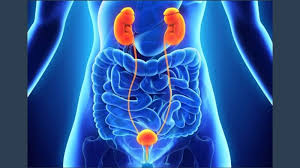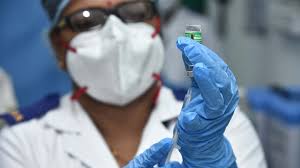Influenza pandemics have killed, and will again kill, millions of people. It’s estimated that the Influenza pandemic of 1918 infected one-third of the Earth’s population, and led to between 20 and 40 million deaths before it subsided in 1920. One million people around the world died in a 1957 influenza outbreak and another 1 to 3 million lives were lost to the same disease in 1968. In 2003, A(H5N1) or so-called Avian Influenza, highlighted how a novel virus could pass from animals to humans putting the world on high alert. The 2009 A(H1N1) pandemic spread to over 214 countries and territories or communities, resulting in tens of millions of cases and an estimated 151,700 to 575,400 deaths in just the first year[1]. COVID-19 has been a stark reminder of the dangers of viral pandemics.
On 24 May 2021, it will be ten years since WHO Member States reached consensus on a pioneering approach to enhancing global preparedness for an equitable response to pandemic influenza: the Pandemic Influenza Preparedness (PIP) Framework. As we approach this milestone, we look back on some of our greatest achievements.
For a decade WHO has systematically implemented the PIP Framework in partnership with industry and other partners. Thanks to our partners, we have collected more than US$225 million in partnership contributions, enabling us to invest around the world in capacity strengthening for pandemic influenza preparedness. These capacities contributed to some of the earliest and continuing successes of the global COVID-19 response.
Today, thanks in part to efforts by the PIP Framework and partners:
- More than 150 laboratories across 126 countries, areas and territories contribute tothe Global Influenza Surveillance and Response System (GISRS) and can share viruses.
- 50 000 sentinel specimens are tested for COVID-19 each week through GISRS, with data reported through WHO platforms including FluNet.
- 233 laboratories (including 130 NICs) in 164 countries, areas and territories, participated in the WHO COVID-19 EQAP; 94% of them scored 100%.
- 40 countries provided PIP support that were then able to develop a COVID-19 response plan early on.
- More than 50 countries share their COVID-19 data using an established influenza platform.
- Many PIP-supported countries were able to authorize COVID-19 vaccines within 15 days of WHO issuing an emergency use listing.
- More than five million people have enrolled to the OpenWHO platform, including for the 28 COVID-19 courses that are available in 50 languages.
- 11 new National Influenza Centres (NICs) have been officially recognized by WHO.
- 10% of future, real-time pandemic influenza vaccine production has been secured by WHO in the event of a pandemic, through legally binding PIP SMTA2 advance supply contracts with 14 manufacturers.
- 10 million antiviral treatments, 250 000 diagnostics kits and 25 million syringes have also been secured through PIP SMTA2 agreements.
There is still a lot of work to be done. COVID-19 has highlighted several gaps and challenges (e.g., managing global supply chains at the time of an emergency, clinical surge capacity), and the lessons learned will also strengthen influenza preparedness and response. COVID-19 has demonstrated the capabilities and benefits of GISRS beyond influenza; now is an opportune time to use the lessons learned to make GISRS and other PIP activities even stronger for any future respiratory pathogen.
The world must be vigilant for influenza viruses with pandemic potential: they can emerge at any moment. WHO, countries, and other stakeholders will continue to prepare for influenza epidemics and pandemics through the Pandemic Influenza Preparedness Framework.
[1] https://www.cdc.gov/flu/pandemic-resources/2009-h1n1-pandemic.html












